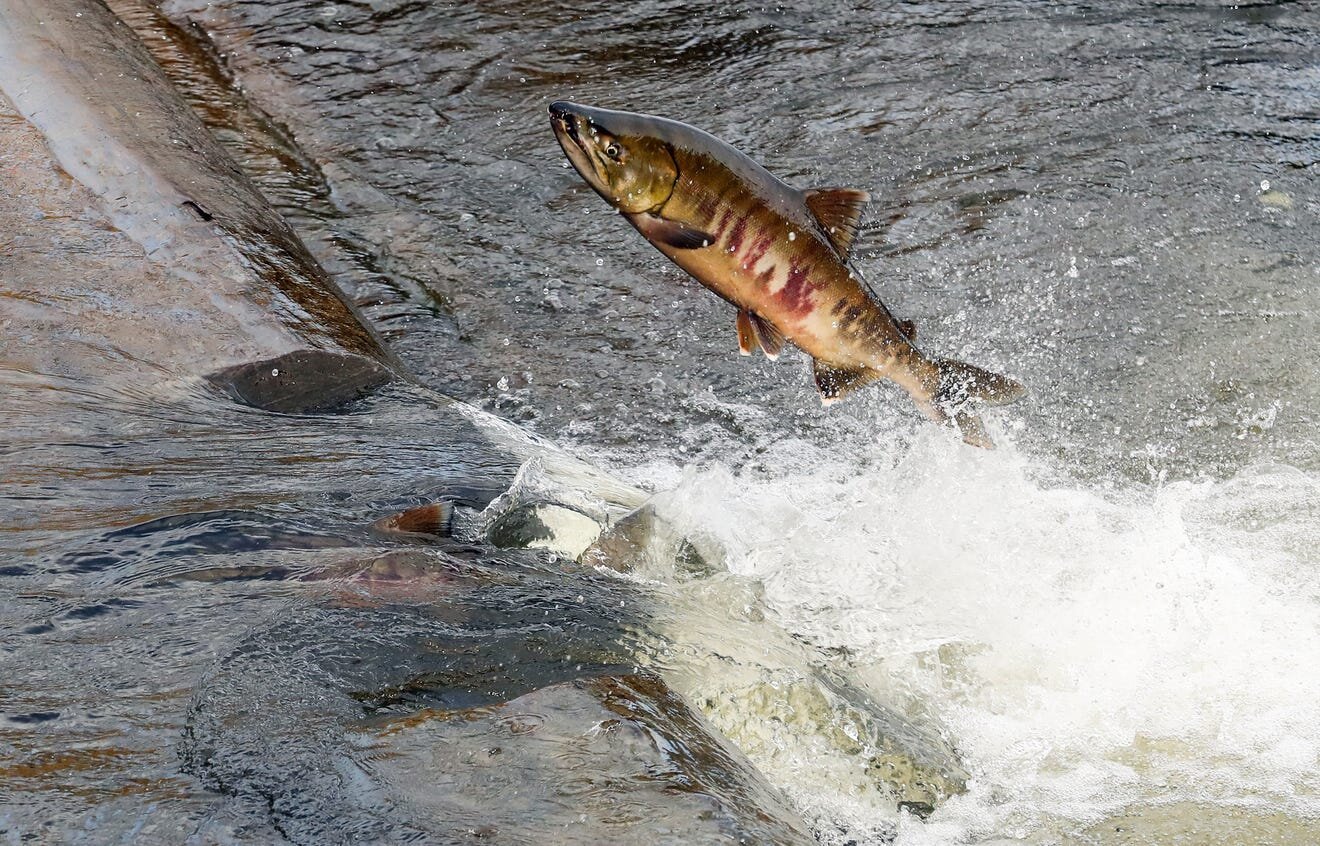'Herculean effort' will build new Highway 3 bridge over Chico Creek to help salmon passage.
BREMERTON — Two years of construction work that will remove box culverts under Highway 3 and build a bridge over Chico Creek is set to begin this fall, according to the state's Department of Transportation.
Transportation officials say the $58.3 million project will improve salmon habitat and migration in perhaps Kitsap County's most abundant salmon stream. But the complex work to help fish passage makes for a tricky balancing act to ensure human passage remains as smooth as possible during construction.
A vast network of creeks and streams, which stretch and meander westward throughout the peninsula, coalesce at the mouth of the creek into two concrete box culverts that have run under the highway since it was built more than a half-century ago.
While millions of dollars have already helped to remove barriers to help fish migrate upstream from Chico, no single project has the potential to benefit salmon and other species as much as removing those two box culverts, local biologists say. The Kitsap Sun first reported about plans for the bridge in April 2019. Tom Ostrom, salmon recovery manager in the Suquamish Tribe's fisheries division, called it a "monumental project" for the peninsula.
State officials estimate that up to 15% of the migrating fish don't make it because of the culverts…
***
Dustin Haydock is a Waterman Mitigation Partners Site Assessment Specialist who holds a Masters Degree in United State Environmental History, here is his commentary and analysis of the topics covered in the above article:
The cultural and economic importance of salmon recovery is growing in the public and governmental consciousness.
Tribal peoples of Washington consider salmon a birthright and an integral part of their heritage. Anyone who is economically tied to the salmon industry also is concerned with declining runs. And obviously anyone who enjoys a perfectly cooked salmon fillet should also be worried. But, emerging research and ecological theory is elevating salmon to even higher importance within the entire biotic community.
In recent years there has been a substantial increase in research and analysis on the positive effects spawning salmon have on the larger ecosystem. It has always been well-known that migrating salmon supply large animals and humans with important seasonal nutrition, however, the extent of salmon influence goes well beyond the surface, literally.
For millennia, west coast rivers and creeks supported billions of migrating salmon. Some salmon would travel up to 1000 miles upstream to spawn and then die. This created an annual conveyor belt of much needed nutrients, especially nitrogen, from the ocean to the land. The salmon spawn and die and their decaying bodies then become nutrient supplies to the plants and animals. This effect is not limited to the areas immediately near rivers and creeks.
Mammals and birds scavenge or hunt the salmon and carry the nutrients within their own body until they defecate, and release nutrient bombs all over the forest. For countless generations native peoples would migrate to the rivers and creeks for the salmon runs. Then, whether by immediate consumption or by preserving the salmon and transporting it back to permanent inland villages, the valuable salmon nutrients were dispersed across the entire landscape.
It is not at all an exaggeration to say that, up until very, very recently, migrating salmon was possibly the most important source of natural fertilizer for the forests and lowlands of the Pacific Northwest. Recent studies in the Great Bear Rainforest of Canada, the largest temperate rainforest in the world, found that up to 80% of the nitrogen utilized by the trees and other plants came from salmon.
Forests are a major economic force in the Pacific Northwest, and they safeguard our supply of clean water and air. Therefore, if a person is concerned for the health of Washington forests, be it for economic, ecologic, practical, or poetic reasons, they should be extremely concerned with the health of salmon populations.
Hatcheries and limits on fishing are band-aide responses. Those actions will have a positive impact for sure, but consistent hatchery production for over 100 years has only produced an elongated crisis, and limiting fishing has obvious economic, recreational, and cultural impacts. Furthermore, those actions and restrictions do not attack the true problem, that of habitat. Environmental historian Joseph Taylor III, wrote extensively on this subject. In his book, “Making Salmon” he supplies interesting data comparisons for Washington, Oregon, and Alaska. His findings were that fishing was not the most damaging practice against salmon, rather it is the loss of habitat and spawning areas that have led to the extreme decline in salmon within the WA, OR, and CA. Alaska, which has not seen the sort of development that limits salmon spawning and rearing territory has not seen the same drastic rate of salmon declines as the southern states, despite the colossal fish harvests every year in the northern state. In summary, it does not matter how many juvenile salmon are produced by the hatchery system if there is nowhere for them to live and grow, and it will make little difference how strict fishing practices become if those adult salmon do not have a spawning habitat to begin with. Habitat is of paramount importance, this is why the WSDOT in collaboration with Tribal governments, local governments, conservation organizations, resource companies, and WMP are racing to restore, enhance, and preserve important habitats.
So, one might look at a project like that of Chico Creek, and initially say,
“What? 53 million dollars to improve salmon migration by 15%. Not with my tax dollars!” But one must consider that encouraging 15% more salmon every year could result in the birth of many millions more salmon over the next two decades, each of those juvenile salmon will either support the oceans and Puget Sound or they will return to the forest as a 5-25 lb. swimming bag of fertilizer and meal for hundreds of species of plants and animals, including humans.
When we consider the universal impacts at hand, 53 million is actually a bargain. Investing heavily in salmon recovery will result in a healthier landscape in general. Neglecting salmon further will undoubtedly result in further degrading the health of our land, our water, our culture, and our economy.
This should concern EVERYONE.

